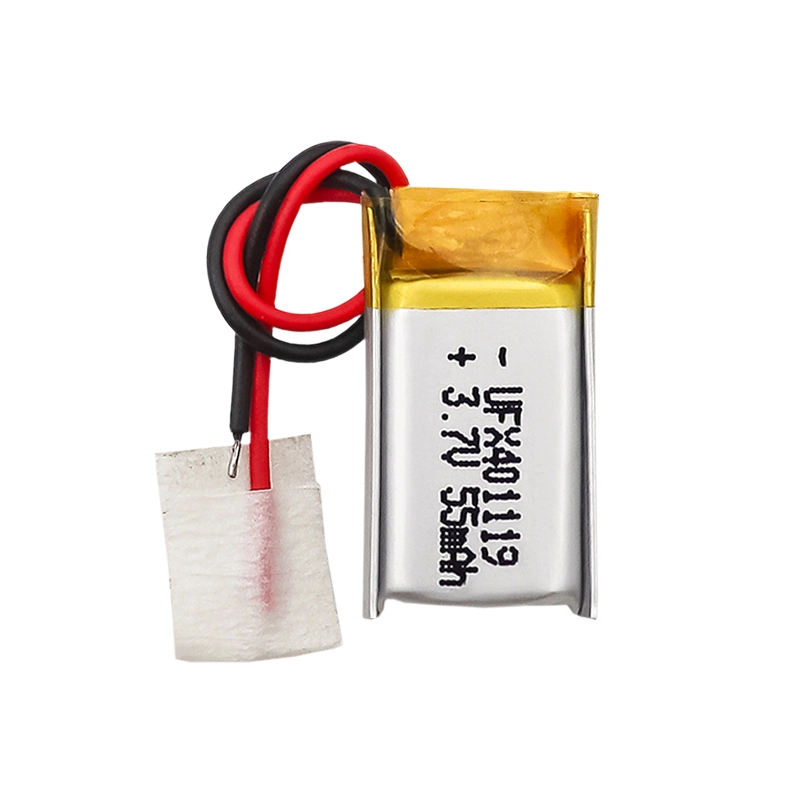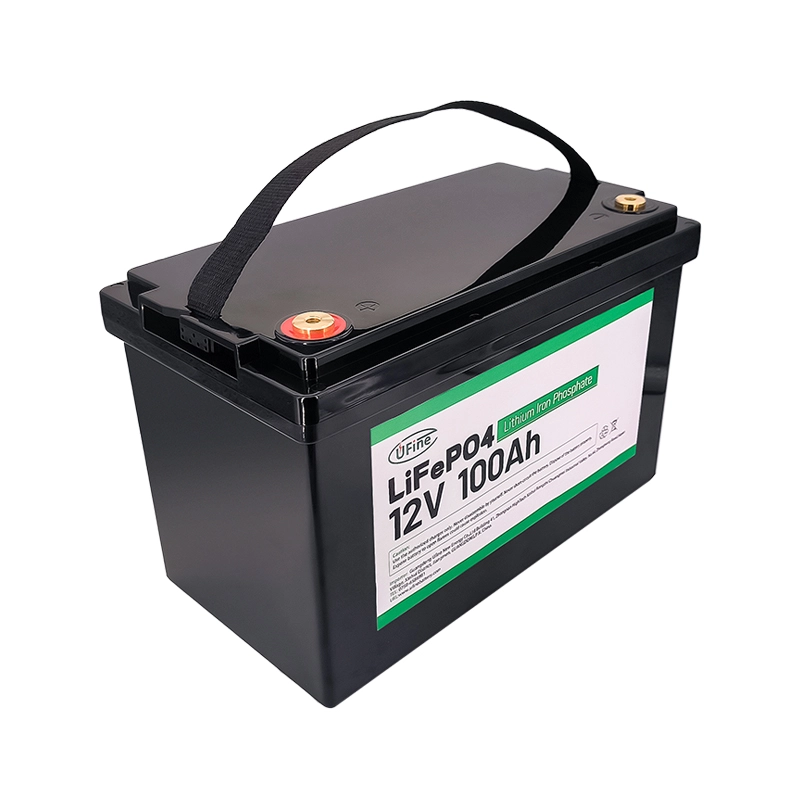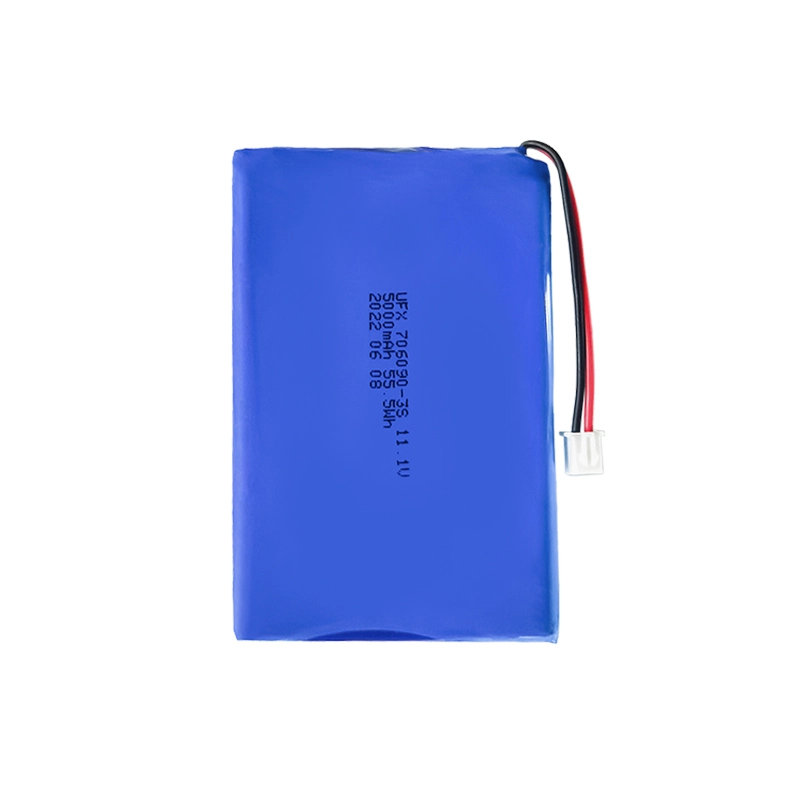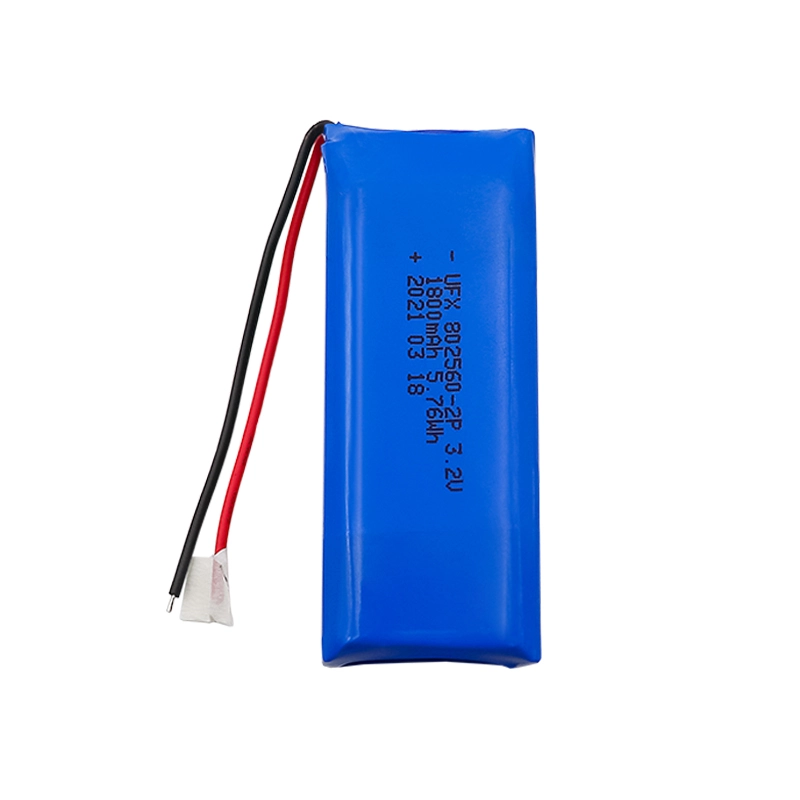
Elevate Your Cabinets with Cabinet Light Battery Power
Why do you need cabinet lights?
People who often cook may have this problem. Even if the main light is turned on in the kitchen, the light will be tightly blocked by the wall cabinet or the cook himself. There are often shadows in the operating area and cooking area, which greatly affects washing, chopping, and stir-frying. Not only is the cooking efficiency not high, it may also cause cuts, burns and other hazards due to poor visibility.
To avoid this situation, it is necessary to design the position of the cabinet lights in advance when customizing the cabinets and select appropriate light sources for auxiliary lighting.
If the cabinet has been installed, you can still choose cabinet lights that are not limited by power supply, such as light strips and battery sensor lights, for auxiliary lighting.
Some cabinet lights are rechargeable, and some are directly installed with batteries. However, for those who need to supplement local lighting later, they are undoubtedly much more convenient to use. They can be installed immediately after purchase, and the installation location is more flexible.
Most cabinet lights now have sensing functions, including human body sensing, touch sensing, and door touch sensing. This can further improve the ease of use.
These cabinet lights have built-in large-capacity lithium batteries that can be recharged. The lamp body is equipped with an infrared sensor, so there is no need to touch the switch with your hands. When the infrared sensor senses the heat of the human body, it will automatically turn on, and will turn off after a delay after the person leaves. It is easy to install. Just fix the installation iron piece and magnetically attract it.
Cabinet light type
When the light is installed below the wall cabinet and above the countertop, the main lighting in the kitchen is limited, and the most affected areas are the sink, countertop and other operating areas. Therefore, installing downlights, light strips, sensor lights, etc. under the wall cabinets not only facilitates installation but also fully solves the problem.
1. Rabbit handle lamp
Sensor lights are more beautiful when embedded in the front of the wall cabinet bottom plate, but the bottom plate needs to be reduced in size. Independent infrared hand scan sensor switch, easy to use and does not consume electricity.
2. LED light strip
In mid-to-high-end kitchen displays, LED light strips are specially designed to be placed on walls, countertop drain lines and other areas. It can not only provide targeted lighting but also create a technological, noble and romantic lighting atmosphere, reflecting class and taste.
3. LED downlight
Downlights are suitable for installation behind the bottom of wall cabinets to provide lighting for countertops, sinks and other areas.
4. Mini corner light
The corner light source is installed at the bottom of the wall cabinet and has an independent touch switch. Scattered items such as oil, salt, sauce, vinegar and condiments are often placed in the corners of the countertop. A mini corner light is perfect.
5. Battery sensor light
The human body infrared sensor switch can be disassembled and assembled at will, is Android USB rechargeable, and can be installed in any area that requires lighting. When the light is dim at night, it will automatically turn on after sensing the human body, which is convenient and does not waste electricity.
If it is inside a cabinet or drawer, the type of cabinet light required is different. If there is a shadow blind area in the storage space inside the cabinet, various types of cabinet lights can also be embedded to make it easier to access items.
1. LED downlight
The lighting blind area inside the wall cabinet has no obvious light source and can be directly illuminated with LED downlights. It is generally installed in the center of the top of the wall cabinet, and the top of the middle cabinet is toward the back. There is no independent switch and an external power supply is required.
2. LED sensor drawer light
LED induction drawer lights are suitable for some backlit and shaded areas and are installed on both sides of the drawer cabinet. Similar to the refrigerator light, the light comes on when the drawer is opened and goes off when it is closed.
3. Embedded hard light strips and surface light strips
Embedded hard light strips can be cut to size and require a separate power switch to be installed on the side or bottom panel of wall cabinets or high cabinets. When the storage space of some wine cabinets and display cabinets is insufficiently illuminated, surface light sources can be used to supplement the light source, which also has a certain decorative effect.
4. Wood laminate lamp
The built-in lights in wooden laminates are installed at the rear end of the open-grid wooden laminates. The hidden installation is more beautiful. However, the wooden laminates need to
High Energy Density
It stores large amounts of energy in a smaller and lighter package
Longer Cycle Life
Withstands extensive charge and discharge cycles
Low Self-Discharge
Maintains power longer when not in use
Safety
Minimizes the risk of accidents and ensures safe operation
More Information About Cabinet Light Battery
-
How long do lithium batteries last?
-
Can lithium batteries be customized for specific applications?
-
What is the minimum order quantity (MOQ) for lithium batteries?
-
What is the lead time for lithium battery production and delivery?
Latest Blogs
About Lithium Battery Industry News

Paper Battery vs. Flexible Battery: What’s the Difference and Which Is Better?
Paper vs. flexible batteries: learn the key differences, benefits, and which power source fits best for wearables, sensors, and smart tech.
2025/04/11 Ufine
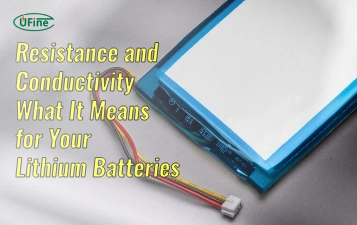
What to Know Before Buying a Tiny LiPo Battery for Your Project
Tiny LiPo batteries are powerful and compact. Learn how to choose the right one for your project with specs, safety, and charging tips.
2025/04/11 Ufine

Bloated LiPo Battery: Will It Explode?
Will a bloated LiPo battery explode? Discover the causes, risks, safety steps, and expert tips to avoid disaster and protect your gear. Must-read safety guide!
2025/04/10 Ufine
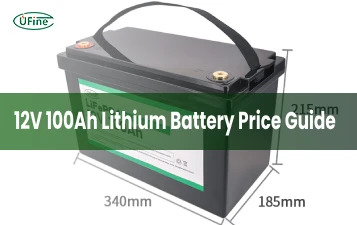
12V 100Ah Lithium Ion Battery Price: Full Guide
Learn about 12V 100Ah lithium-ion battery price, from cost ranges to best brands, hidden fees, and how to get the best deal. A must-read for smart buyers!
2025/04/10 Ufine

Resistance and Conductivity: What It Means for Your Lithium Batteries
Resistance and conductivity impact lithium battery performance, lifespan, and safety—learn how they work and why they matter.
2025/04/10 Ufine

What Is a Semi Solid State Battery and Why Should You Care?
Semi-solid-state batteries combine safety and high energy density, making them ideal for EVs, electronics, and future energy storage.
2025/04/10 Ufine

